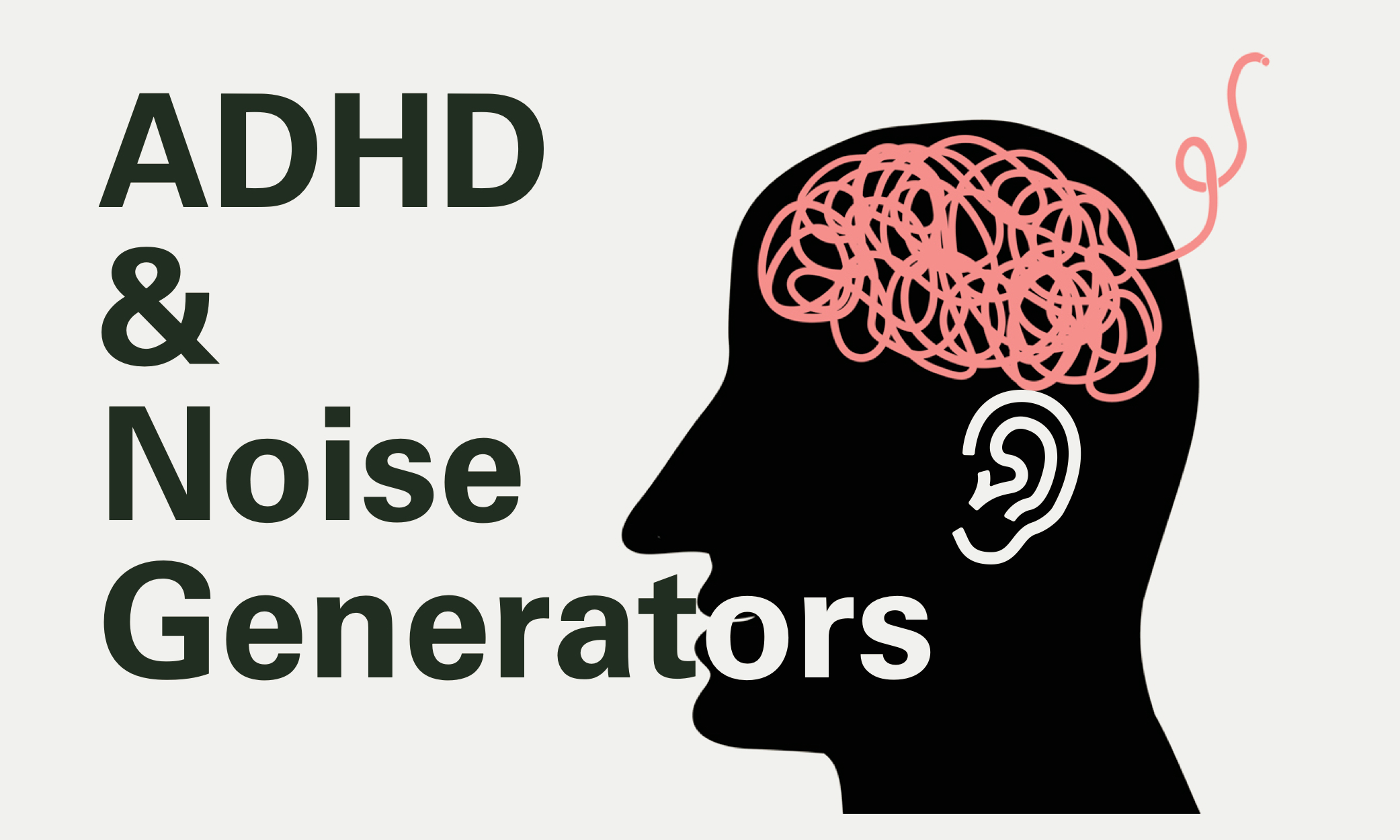FF 4.6 | Barre Chords
6 Barre Chords (1-2 Days OPTIONAL)
Objectives
Introduce barre chord shapes in a scaffolded sequence and play curated songs using the new shapes.
Procedure
Introduction to Barre Chords: Explain how barre chords are moveable shapes based off of the E major and A major cowboy chord shapes. Watch videos of guitarists in bands playing and have student identify power chords, cowboy chords, and barre chords.
Technique Practice: Develop strength and flexibility in the barring finger. Start with barring the three top strings and progressively increase to barring all six strings with one finger.
Chord Shape Building: Here is the progression that I use for chord shapes from least to most difficult
Baby Barre (root on the high E String) Major
Baby Barre (root on the high E string) Minor
A-based minor
A-based major 7
A-based major 7
E-based major (top four strings only)
E-based major (all strings)
E-based minor (all strings)
A-based major
Other chord qualities
Application: Play the following tunes to apply Barre chords
Before He Cheats by Carrie Underwood: Em - D - C - B (A-based barre chords)
Stray Cat Strut by Brian Setzer: Am - G - F - E (E-based barre chords)
Say It Aint So by Weezer C#m-7 - G# - A - E (Switching)
Where Is My Mind by The Pixies E - C#m - G# - A (Switching)
Opening and Closing Activities
Opening: Start with the question: What is difficult about playing more than one string with one finger.
Closing: Reflect on the day's lesson by discussing what was challenging about learning barre chords and sharing strategies that helped overcome those challenges. Encourage students to set personal goals for practicing barre chords outside of class. Have them pick a tune that they REALLY want to play that uses barre chords and use it as a their challenge tune.
Assessment
Observation of technique during practice exercises.
Participation in group activities and willingness to attempt bar chords.
Improvement in transitioning between open chords and bar chords over time.
Differentiation
Remediation: Focus on partial bar chords or power chords that mimic the hand positioning of full bar chords without the need to bar all strings.
Enrichment: Challenge with full bar chords on the lower frets of the neck and introduce more complex chord shapes, such as major 7 and dominant 7 bar chords.
Notes
Reinforce the idea that mastering bar chords takes time and practice; encourage persistence and patience.
Celebrate all successes, no matter how small, to build confidence and motivation.
Encourage students to practice bar chords in the context of songs they enjoy to make practice more engaging and directly applicable to real-world playing.





